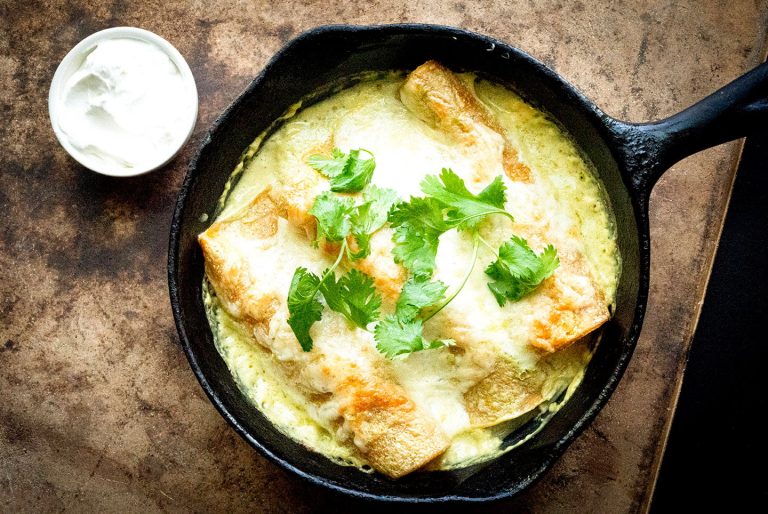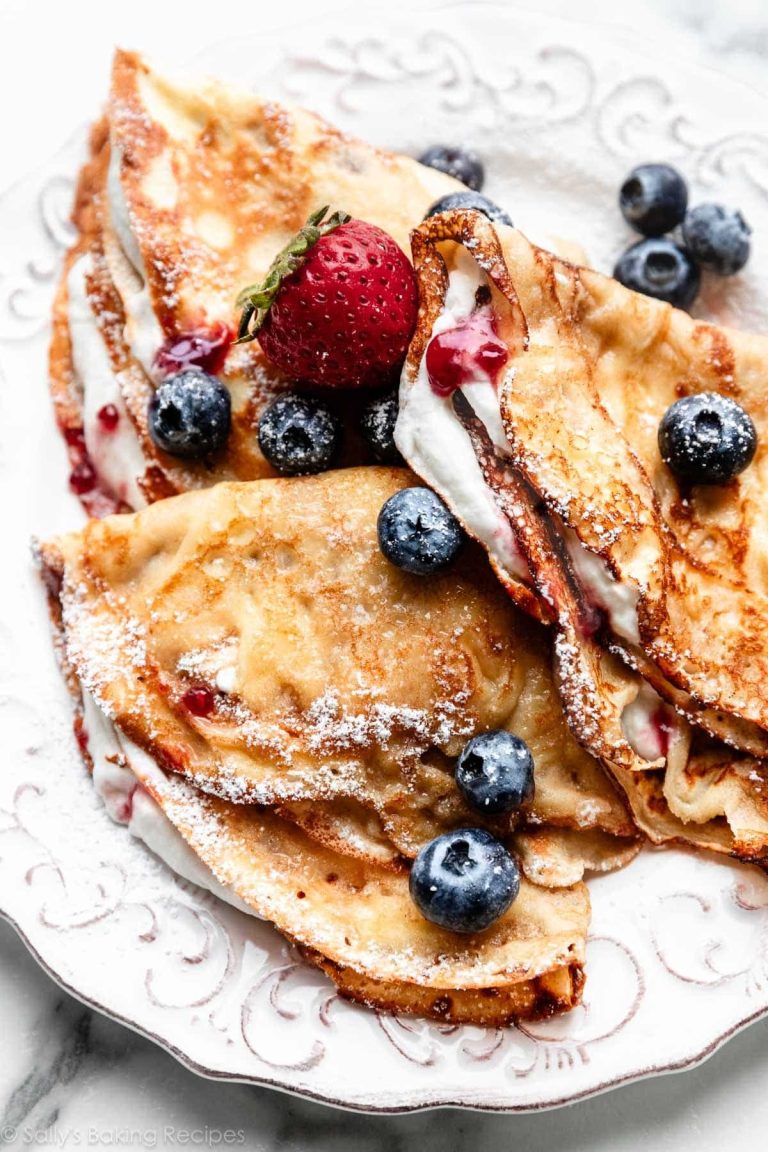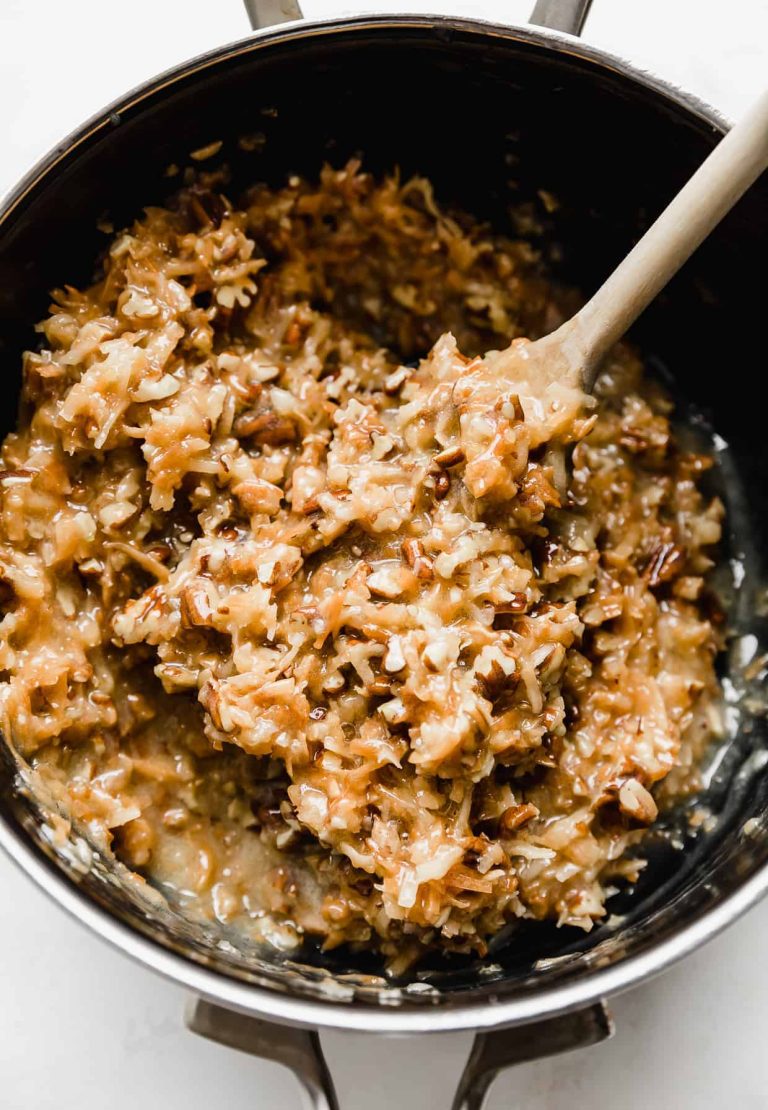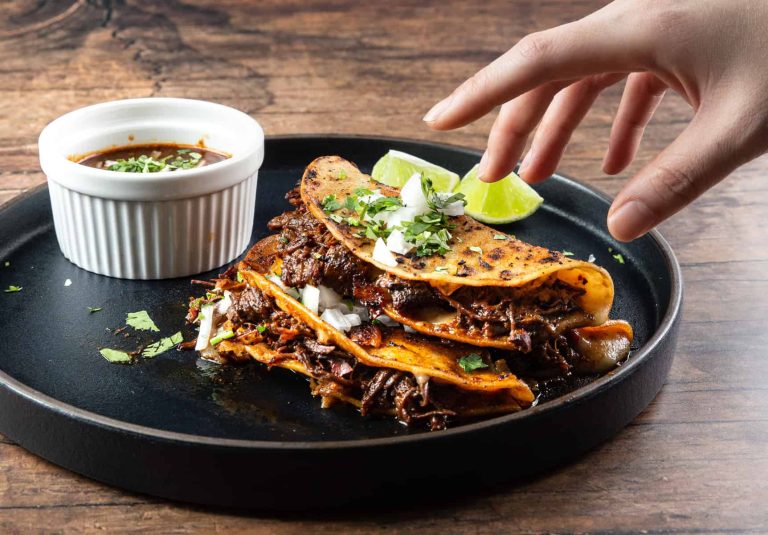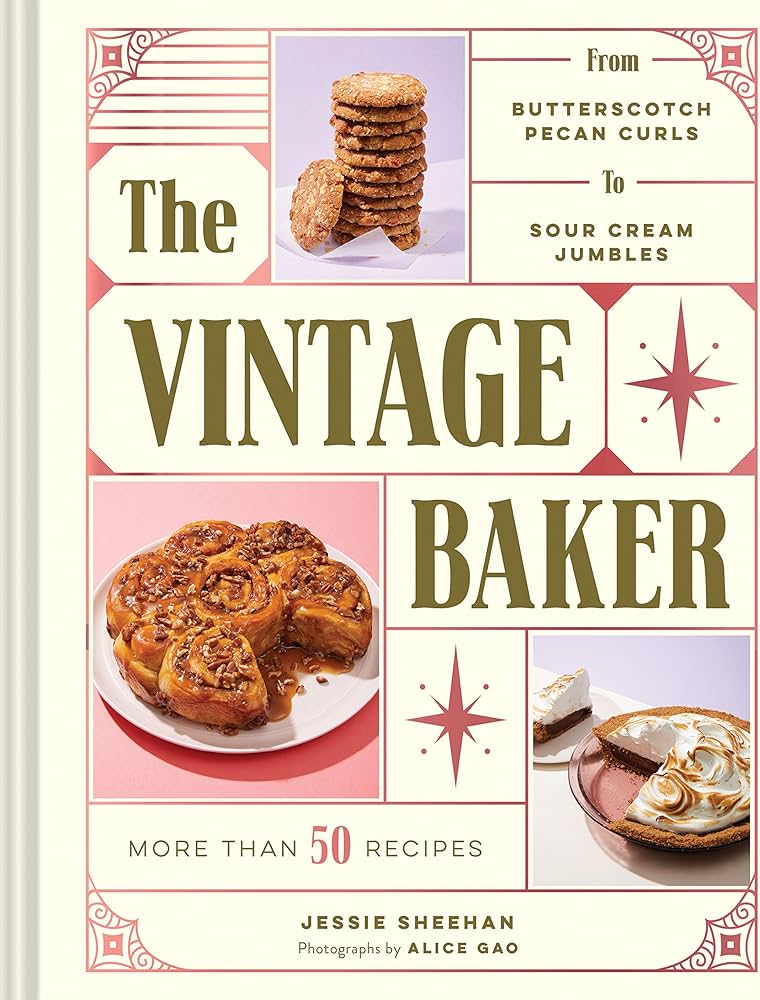Classic Patty Melt: History, Variations, and Delicious Vegan Alternatives Explored
A classic patty melt comprises a few essential components. Ground beef forms the core, typically cooked to achieve a flavorful crust. The cheese, usually Swiss or American, melts over the patty, delivering a creamy texture. Caramelized onions add a sweet, savory contrast. Rye bread, toasted to perfection, encases the ingredients, adding a crunchy bite. The combination of these elements creates a distinctive, satisfying sandwich.
A Brief History
The patty melt originated in the mid-20th century, emerging from diners as a bridge between a burger and a grilled cheese sandwich. It gained popularity during the 1940s, thanks to its hearty and indulgent nature. The dish became a staple of American diners, offering comfort and nostalgia with each bite. Over the decades, the patty melt has maintained its iconic status, celebrated for its simplicity and unmistakable flavor profile.
Key Elements of a Perfect Patty Melt
Quality of Beef
Choose high-quality ground beef for a perfect patty melt. Use beef with an 80/20 meat-to-fat ratio to ensure juiciness and flavor. The fat content keeps the patty moist during cooking. Form the beef into even patties, around 1/3 pound each, for consistent thickness.
Type of Bread Used
Opt for rye bread to elevate the patty melt. Rye’s distinct flavor complements the beef and cheese. Toast the bread to a golden brown, ensuring a robust crunch that contrasts the soft, juicy patty. Select a bread thickness of 1/2 inch to support the sandwich without overwhelming the filling.
Choosing the Right Cheese
Select Swiss or American cheese for the patty melt. Swiss has a nutty, slightly sweet flavor that balances the savory beef. American cheese melts evenly, creating a creamy texture. Choose slices of moderate thickness, so the cheese integrates well without overpowering other ingredients. Use 2 slices per sandwich for optimal meltiness.
Remember, the combination of elements creates the classic patty melt’s distinctive flavor.
Cooking Techniques for a Classic Patty Melt
Grilling the Patty
To achieve a perfectly grilled patty, use ground beef with a meat-to-fat ratio of 80:20. Form patties by hand, ensuring they’re about ½ inch thick to cook evenly and retain juiciness. Use a cast-iron skillet, heat it over medium-high, and wait until it’s thoroughly hot before placing the patties. Season patties with salt and pepper on both sides. Cook each side for 3-4 minutes, developing a good sear without overcooking. Ensure the internal temperature reaches 160°F for safe consumption.
Melting the Cheese Perfectly
Effective cheese melting calls for selecting Swiss or American cheese due to their favorable melting properties. Once you flip the patties, place cheese slices immediately. Cover the skillet with a lid or an aluminum foil tent to trap steam, aiding the melting process. Maintain medium heat to prevent the cheese from burning. The cheese should become creamy and slightly bubbly in 2-3 minutes, adhering perfectly to the grilled patty.
These techniques guarantee a deliciously grilled patty with expertly melted cheese, integral to crafting the perfect classic patty melt.
Popular Variations of the Patty Melt
Regional Twists
In the diverse culinary landscape of America, regional twists on the classic patty melt showcase local flavors and ingredients. In Texas, you might find a patty melt with jalapeños and pepper jack cheese, adding a spicy kick. Over in California, avocado and alfalfa sprouts often make an appearance, adding a fresh, creamy texture. New Yorkers sometimes opt for gruyere cheese and caramelized shallots, elevating the patty melt with gourmet touches. Each region brings its own unique flair while maintaining the core elements of this beloved dish.
Vegetarian and Vegan Alternatives
Options for vegetarians and vegans have grown, allowing everyone to enjoy patty melts. For vegetarians, chefs often use plant-based patties made from black beans or lentils, paired with ingredients like mushrooms and cheddar cheese. Vegan patty melts feature patties made from soy or pea protein and utilize dairy-free cheeses such as cashew or almond-based options. Additionally, toppings like grilled onions, spinach, and tomato slices often replace traditional ingredients to ensure a delicious, ethical meal.
Conclusion
Whether you’re a fan of the traditional patty melt or eager to explore its exciting variations, there’s no denying the charm of this classic dish. With its perfect blend of flavors and textures, the patty melt continues to captivate taste buds across generations. From regional twists to plant-based alternatives, there’s a version out there for everyone. So fire up your griddle, gather your ingredients, and enjoy creating your own patty melt masterpiece.

